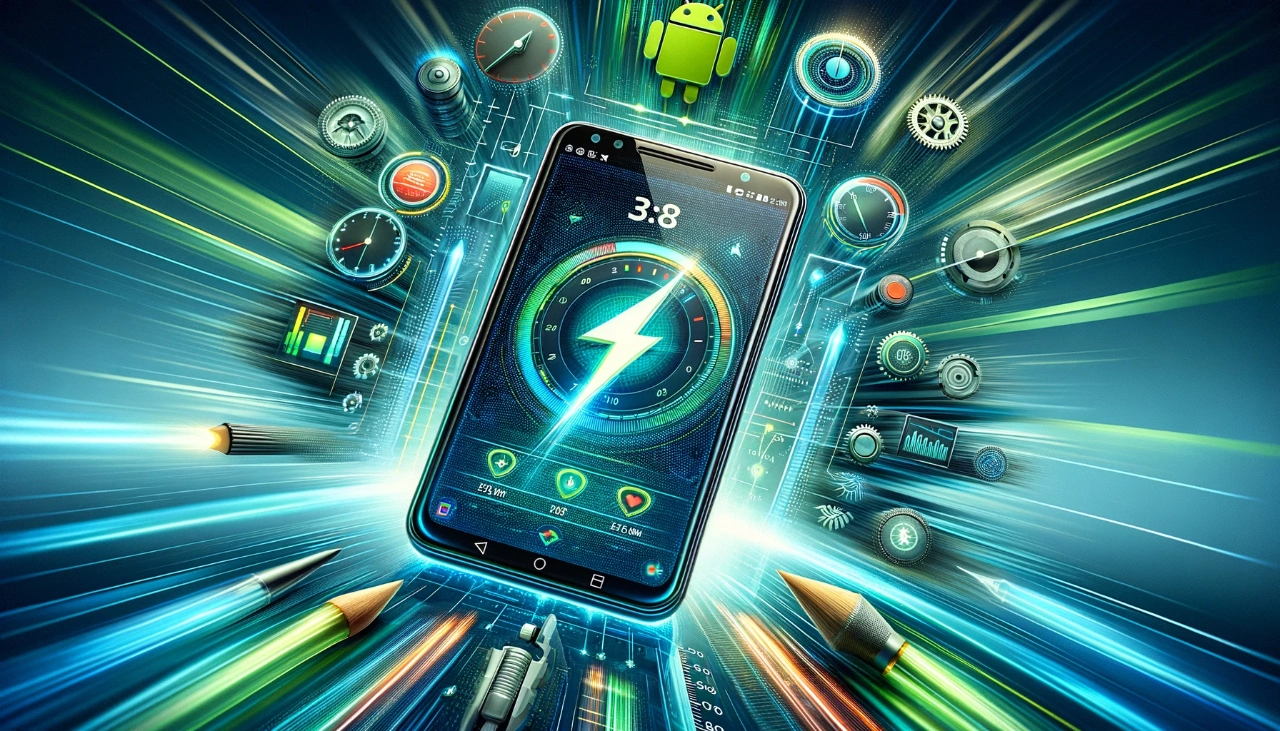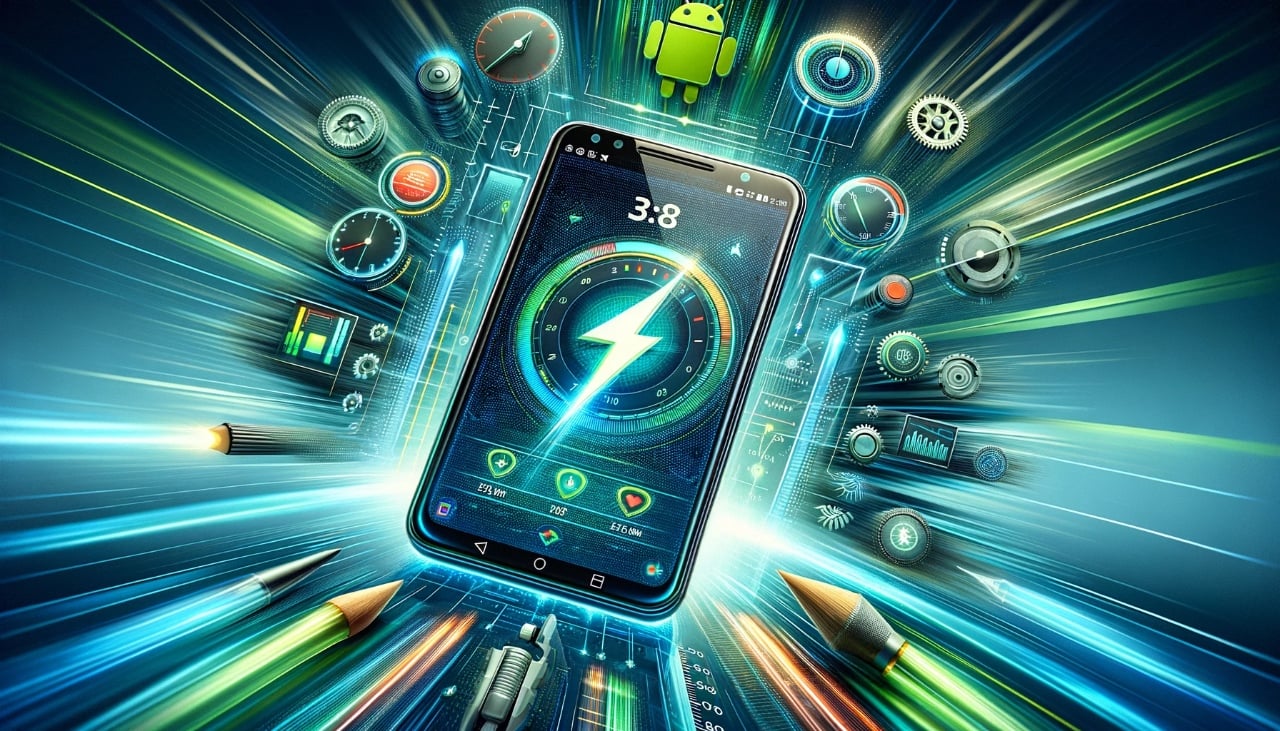
Optimizing an Android phone’s performance is a key concern for many users who want to ensure their device runs at its maximum speed. Whether you’re experiencing slow app loading times, laggy transitions, or unresponsive touchscreens, a laggy phone can hinder your productivity and overall enjoyment of your device. While newer Android phones generally offer better performance, even the most powerful devices can succumb to slowdown over time.
Fortunately, there are several effective strategies you can employ to optimize your Android phone’s performance and restore its speed and responsiveness. In this comprehensive guide, we’ll delve into a range of practical tips and techniques to keep your Android phone running smoothly.
Background Processes and Memory Usage
- Android phones run numerous processes in the background. These can consume memory and processing power, impacting overall speed.
- Clearing out unnecessary background processes can free up resources.
Software Updates
- Manufacturers often release updates that improve performance and fix bugs.
- Keeping your device updated ensures you benefit from these optimizations.
Step-by-Step Optimization
1. Update Your Device
- Check for system updates in your device’s settings.
- Install any available updates to benefit from improved performance and security enhancements.
2. Uninstall Unnecessary Apps
- Remove apps you no longer use. Each app, even when not in use, can take up space and potentially run background processes.
- To uninstall, go to Settings > Apps and notifications > See all apps. Select the app you want to uninstall and tap ‘Uninstall’.
3. Clear App Cache and Data
- Over time, apps accumulate cache and data which can slow down the device.
- To clear, go to Settings > Apps and notifications > See all apps. Select an app, then tap ‘Storage & cache’ and clear both cache and data.
4. Disable or Remove Bloatware
- Bloatware refers to pre-installed apps that are often unnecessary.
- Some bloatware can be uninstalled, while others can only be disabled. Disabling prevents them from running and using resources.
5. Optimize Battery Settings
- Some devices have a battery optimization feature that can extend battery life and improve performance.
- Navigate to Settings > Battery > Battery optimization.
6. Reduce Animations
- Animations, while visually pleasing, can slow down your phone.
-
Reduce or turn off animations via Developer options. To enable Developer options, go to Settings > About phone and tap ‘Build number’ seven times.
7. Use Lite Versions of Apps
- Many popular apps like Facebook and Twitter have ‘Lite’ versions. These consume less resources and are ideal for slower phones.
8. Use Static Wallpapers
- Live wallpapers consume more resources. Opt for static wallpapers for better performance.
9. Perform Regular Restarts
- Restarting your device can clear temporary files and free up memory.
10. Factory Reset (Last Resort)
- If performance is still not improved, consider a factory reset. Back up your data first as this will erase everything on the device.
Maintenance Tips
Regular Updates
- Regularly check and install app and system updates.
Monitor App Behavior
- Pay attention to any app that significantly drains battery or slows down the device, and consider alternatives.
Use Performance Monitoring Apps
- There are apps available that help monitor and optimize your device’s performance.
Avoid Overheating
- Keep your device cool as overheating can degrade performance and battery health.
Conclusion
Filed Under: Android News, Guides, Mobile Phone News
Latest timeswonderful Deals
Disclosure: Some of our articles include affiliate links. If you buy something through one of these links, timeswonderful may earn an affiliate commission. Learn about our Disclosure Policy.

